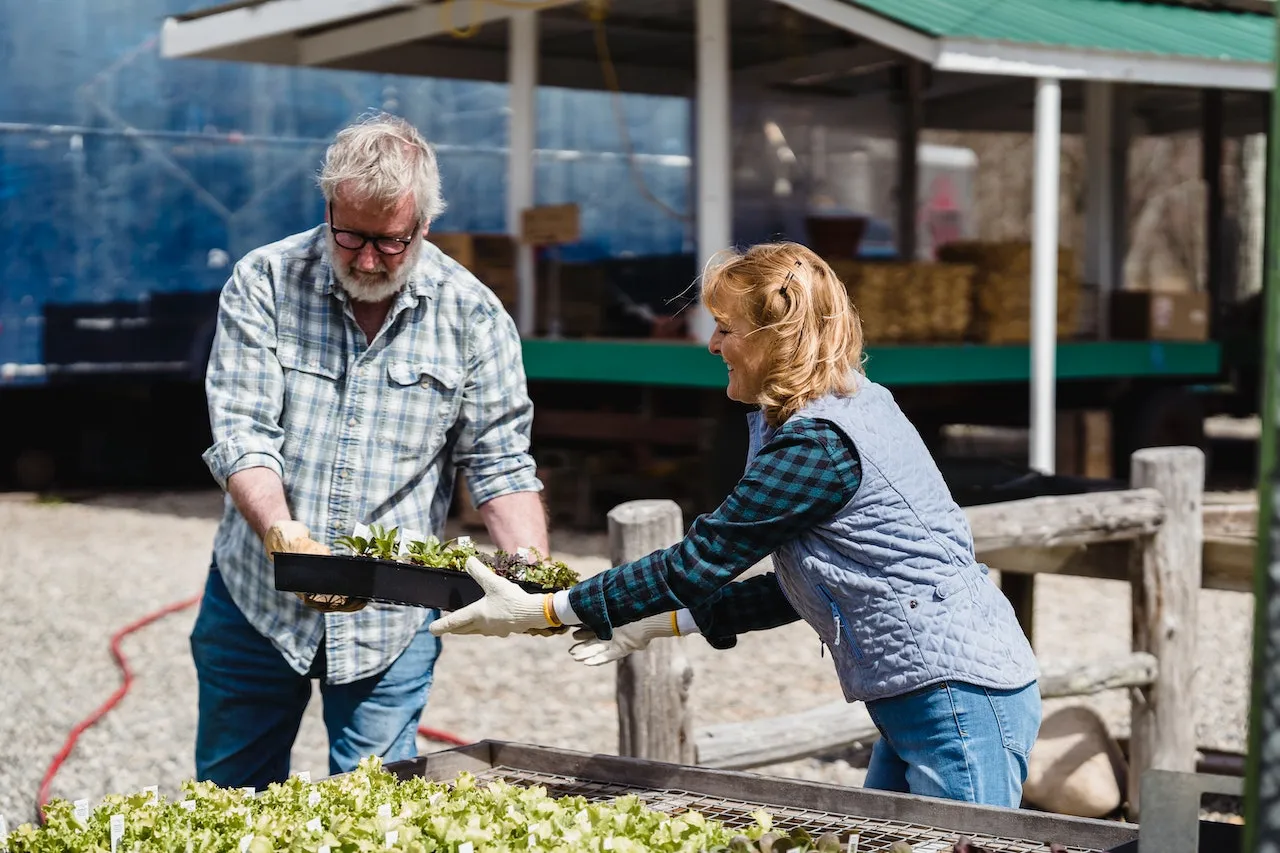The use of fresh, organic and locally grown produce in cooking is emphasized by the farm-to-table movement, a growing trend in the food sector. The goal of the movement is to support local farmers, promote sustainable farming practices and provide consumers with better and more nutritious food choices. As concerns grow about the environmental impact of large-scale farming and the health effects of processed foods, many people are turning to farm-to-food to connect with their food and make more informed dietary choices. Looking at table restaurants, markets and CSA programs. This document discusses the benefits of farm-to-fork movement, including impacts on the environment, local economies, and personal health.
Introduction
The expanding “farm-to-table” movement highlights how important it is to understand where our food comes from. It entails establishing direct relationships between customers and regional farmers and producers as well as promoting the consumption of fresh, organic, locally sourced food. This blog post will examine the origins, advantages, and ways that you can participate in the farm-to-table movement.
The history of the farm-to-table movement
In recent years, the farm-to-table movement has gained the popularity, since normal people have become more aware of fact that the influence their food choices have on their health and the environment. The beginnings of the movement may be traced back to 1960s and 1970s. A small group of farmers and chefs launched a push for locally grown and seasonal ingredients at that time. The decision was made in reaction to the reduction in food quality and diversity accessible to customers as a result of the advent of industrial agriculture and mass food production.
A famous chef and restaurant owner from Berkeley, California, played a key role in the birth of the farm-to-table movement. In the 1970s, Alice Waters, who is credited with starting this trend, began buying ingredients from regional farmers and producers. Chefs, farmers, and gourmet aficionados who were also interested in promoting sustainable agriculture in the region were drawn to the practise. Waters’ culinary philosophy emphasized the importance of fresh, simple, flavorful food. She believed that using the highest quality, locally sourced ingredients would most effectively accomplish this.
The philosophy of consuming locally grown, seasonal produce has become increasingly popular among chefs and diners over the years, driving the growth and development of the farm-to-table movement. With so many restaurants and food companies now boldly declaring their commitment to sustainability and ethical sourcing, customers have learned to demand openness and accountability from the food sector. Farm-to-table movement faces several obstacles and criticisms, including concerns about price and accessibility. Nevertheless, it has a huge impact on how we think about food and how we eat. No question for me. The Farm to Table movement presents a compelling vision of a more sustainable, egalitarian and delicious future while addressing concerns such as climate change, food insecurity and the health impact of diet.
The benefits of the farm-to-table movement
Farm-to-table movement offers many benefits for consumers and the environment. By buying locally, customers can support disadvantaged smallholder farmers and producers in the global food system. This will help develop more sustainable and resilient food systems that are less dependent on fossil fuels and other non-renewable resources. In addition, consumers can obtain a range of health benefits by purchasing locally grown and fresh vegetables, including: Improved nutritional status and reduced exposure to harmful chemicals.
The challenges of the farm-to-table movement
While there are several advantages to shifting from farm to table, there are also some disadvantages. Small farmers and producers, for example, may face challenges from large industrialised farms with access to greater resources and infrastructure. Customers may also be hesitant to pay high costs for locally grown fruit, particularly in areas where fresh product is scarce.
Getting involved in the farm-to-table movement
There are various ways to get involved in the farm-to-table movement if you are interested. Buying locally grown veggies from farmers markets or Community Supported Agriculture (CSA) programmes is one of the simplest ways to accomplish this. You may eat fresh, healthful food that is free of hazardous chemicals and pesticides while also supporting local farmers and producers. You may also join in lobbying and educational efforts in your community to raise awareness of the Farm to table movement.
Farm-to-table restaurants
The development of farm-to-table restaurants is one of the movement’s most obvious results. These eateries focus on delivering sustainably produced food that is locally sourced, and their seasonal menus frequently take into account the shifting availability of various crops. You may support regional farmers and producers while having a unique eating experience by choosing a farm-to-table restaurant.
Community-supported agriculture (CSA) programs
Programs that support community-supported agriculture (CSA) are another crucial component of the farm-to-table movement. Through these schemes, customers can pre-purchase a portion of a nearby farm’s harvest, offering farmers a steady stream of revenue and enabling customers access to fresh, regional vegetables all growing season long.

Farmers’ markets
A cornerstone of the farm-to-table movement, farmers’ markets give customers the chance to buy fresh, regional fruit right from growers and producers. You may support regional agriculture and have a distinctive shopping experience that places a strong emphasis on community and sustainability by buying at farmers’ markets.
The importance of seasonality
The value of seasonality is one of the fundamental tenets of the farm-to-table movement. Consumers may take advantage of a wide range of fresh, tasty fruits and vegetables while also assisting regional farmers and producers by choosing produce that is in season. Eating seasonally also lessens the environmental impact of food storage and transportation.
The future of the farm-to-table movement
Consumer interest in locally produced, sustainably produced food is increasing, and the farm-to-table trend shows no signs loosing it’s popularity momentum. It is also expected to increase further. As this movement expands, there will most certainly be more farms and smaller-scale producers, as well as new infrastructure and technology to support agriculture in the region.
Supporting the farm-to-table movement
There are many ways individuals and communities can support the farm-to-table transition. Buying locally grown food and supporting local farmers and producers is one of the most important things one can do. You can also participate in advocacy and educational activities to promote sustainable agriculture and reduce the negative environmental impacts of food production.
Conclusion
The farm-to-table movement represents a compelling vision of a more resilient and sustainable food system that benefits neighboring communities and protects the environment. We can contribute to the movement and build a better and more sustainable future for current and future generations by being active and buying locally. To reap the many benefits of fresh, locally grown food, consider supporting the farm-to-table movement the next time you’re out shopping or planning a night out.
